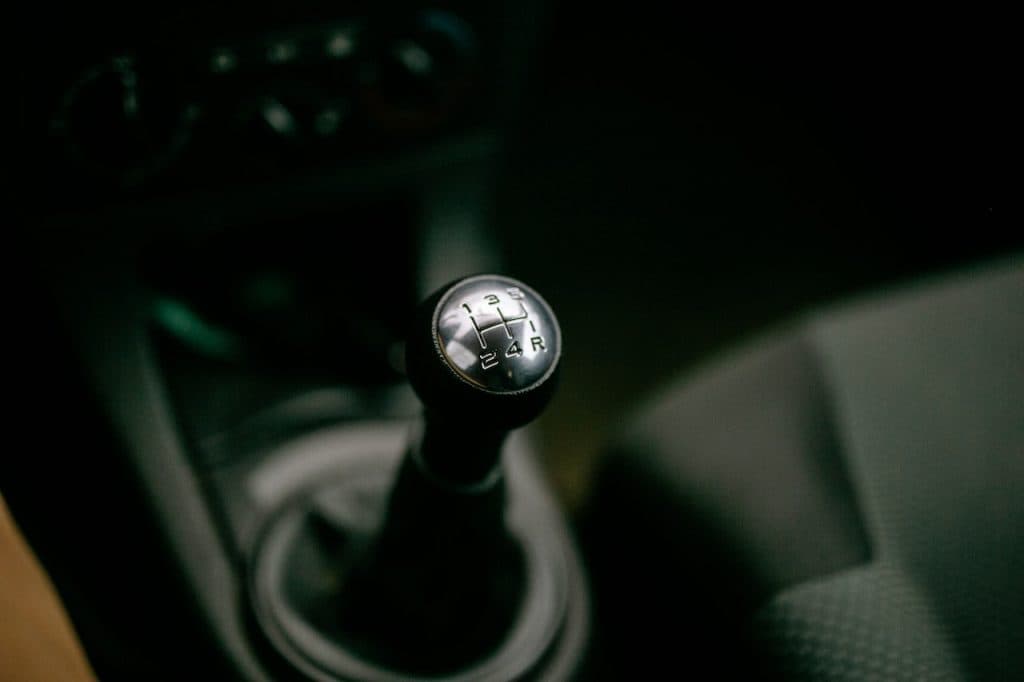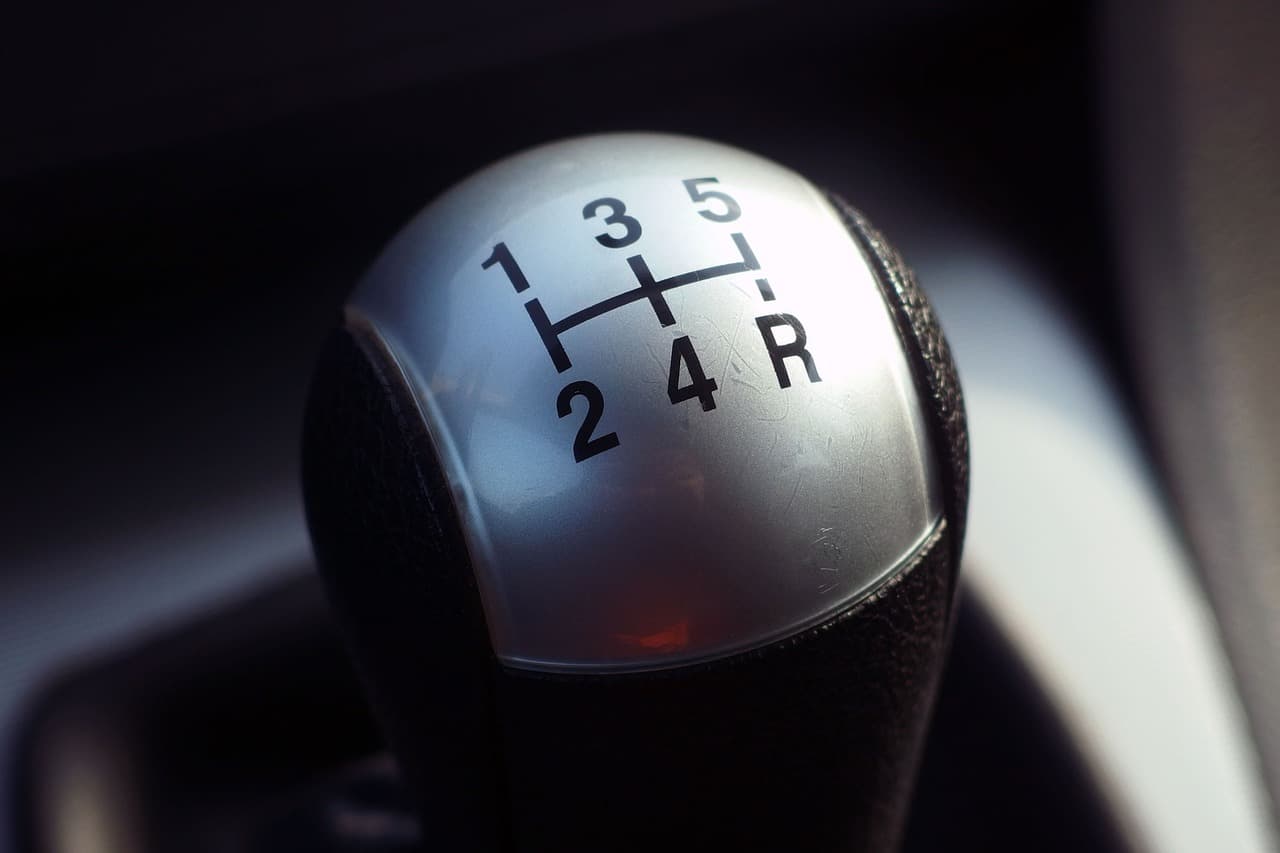Table of Contents
- Introduction to changing gears in your car
- What is Shifting Gears?
- The Basics
- Manual vs. Automatic Transmissions
- Step-by-Step Guide to Shifting Gears in a Manual Car
- Common Mistakes When Shifting Gears
- Benefits of Knowing How to Shift Gears
- Conclusion: Why You Should Learn to Shift Gears
Home » All about shifting gears in your car
Introduction to changing gears in your car
This article will introduce the process of shifting gears in a car. Shifting gears is an important part of driving, affecting how your car accelerates and decelerates. Knowing how to shift gears correctly can improve fuel economy, reduce wear and tear on essential parts, and help you become a better driver overall.
We will explain the basics of shifting gears in a manual transmission vehicle, from understanding what each gear does to learning when to shift up or down. It will also include tips for shifting smoothly and safely for different driving scenarios, such as merging onto the highway or going up a steep hill.
Whether you are learning to drive or brushing up on your skills, this article has something for everyone interested in understanding how you shift gears in a car.
What is Shifting Gears?
Shifting gears is a necessary skill when learning how to drive a car. It is essential for smooth and safe acceleration and decreases the chances of stalling. Understanding how to shift gears properly can help drivers increase their control over their vehicle, prevent unnecessary wear on the engine, and ensure that they are driving at optimal fuel efficiency levels.
Shifting gears in a car involves pressing down on the clutch pedal while changing the gear selector lever into another position. This disengages the engine from the transmission so it can transition between different gear ratios without disruption or damage to either component. The driver must coordinate pressing down on the clutch with selecting new gear positions to ensure a smooth power shift between each set. Different cars may have different shifter mechanisms, so it is important to consult your owner’s manual before shifting gears in any vehicle.
The Basics
Shifting gears is one of the most important tasks when driving a car. Knowing how to do it properly is essential for both safety and efficiency. This article will cover the basics of shifting gears in a manual transmission vehicle, from understanding different types of transmissions to learning how to use them correctly.
A manual transmission car has three main components: the clutch, gear shift lever, and throttle. The clutch allows you to disengage the engine from the drivetrain to smoothly switch between different gears without causing damage to your vehicle. The gear shift lever is used for selecting which gear you want to be in and pushing it into place. The throttle controls engine speed and helps keep the car moving at a constant speed while shifting gears.
Understanding how these components work together will help you safely and efficiently shift gears in your vehicle.
Manual vs. Automatic Transmissions
When it comes to driving a car, one of the most important skills must be mastered is shifting gears. Whether your car has a manual or automatic transmission, understanding how to shift correctly is essential for safe and efficient driving. Manual transmissions require the driver to physically move the gear stick between different settings. An automatic transmission allows the driver to leave their hands on the wheel and feet on the pedals as it shifts through gears using its internal computer system.
Those new to driving may find themselves more comfortable with an automatic transmission due to its ease of use. With an automatic vehicle, all you need to do is start up your engine, press the accelerator pedal and let go when you want to decelerate or stop.

With a Manual car, you must be able to use the clutch in tandem with changing the gears. This is why it is called a manual transmission, as you must change the gears, and the car won’t do it for you. While it is a bit more work, some people enjoy the act of engaging and letting go of the clutch and then changing the gear. You might have some higher control over the car, but with today’s computers in the car, it is pretty hard to argue that a manual is any quicker or more efficient than a manual car.
Step-by-Step Guide to Shifting Gears in a Manual Car
A manual car is a great way to get around, but if you’re new to driving one, it can be tricky to learn how to shift gears and sometimes issues can happen. Don’t fret – this step-by-step guide will help you quickly become an expert! To begin with, make sure that the clutch pedal is pressed all the way down and that your left foot is also on the floor before you proceed. Then select a gear using your gear stick, usually located in between the two front seats of your vehicle.
Once you’ve selected the gear of your choice, take your foot off of the clutch pedal and press gently down on the accelerator at the same time until you reach what’s known as ‘the biting point’ – where there will be resistance felt from both pedals.
Common Mistakes When Shifting Gears
Shifting gears is one of the most important aspects of driving. However, it can be easy to make mistakes when shifting gears if you are not careful. Knowing what common mistakes to avoid will help make your driving experience more enjoyable and safe for yourself and other drivers.
One of the most common mistakes people make when shifting gears is having too much pressure on the clutch. This can cause premature wear and tear on your car’s transmission, stalling or jerking forward unexpectedly. Failure to properly depress the clutch before engaging in a new gear can cause grinding noises and difficulty changing gears smoothly. To avoid these issues, it’s important to press down on the clutch pedal with gentle pressure while engaging a new gear.
Another mistake often made while shifting gears is excessive force on the gas or brake pedals while changing between them.
Benefits of Knowing How to Shift Gears
Driving a car involves more than just starting the engine and pressing the gas pedal. Knowing how to shift gears is an important skill for drivers, and there are several benefits associated with it. With manual transmission cars, shifting gears allows you to adjust your speed, allowing for safer driving in different terrains or weather conditions. It also increases the efficiency of your vehicle, as you can use less fuel and ultimately save money on gasoline.
Knowing how to shift gears can help you become a better driver overall. You will have improved control over your vehicle when accelerating, braking, or turning corners at different speeds; this is especially important if you’re driving in slippery conditions such as rain or snow. Additionally, understanding the basics of gear shifting will give you greater confidence when behind the wheel since it provides more control over acceleration and deceleration times.
Conclusion: Why You Should Learn to Shift Gears
The conclusion of this article has been drawn to emphasize the importance of learning how to shift gears in a car. Shifting gears enables drivers to maximize their vehicle’s performance and save on fuel costs. It also increases safety on the road, as drivers must anticipate changes in the traffic flow and be able to respond quickly.
Knowing how to shift gears correctly is a critical skill for any driver. With practice, it will become second nature, allowing them to drive more efficiently and safely while enjoying all the benefits of driving an automatic transmission car. Shifting gears can make a big difference in your driving experience – one you’ll never forget!
And if you are trying to get your shifter to move your gears, but nothing is happening, we have an article just for you!


